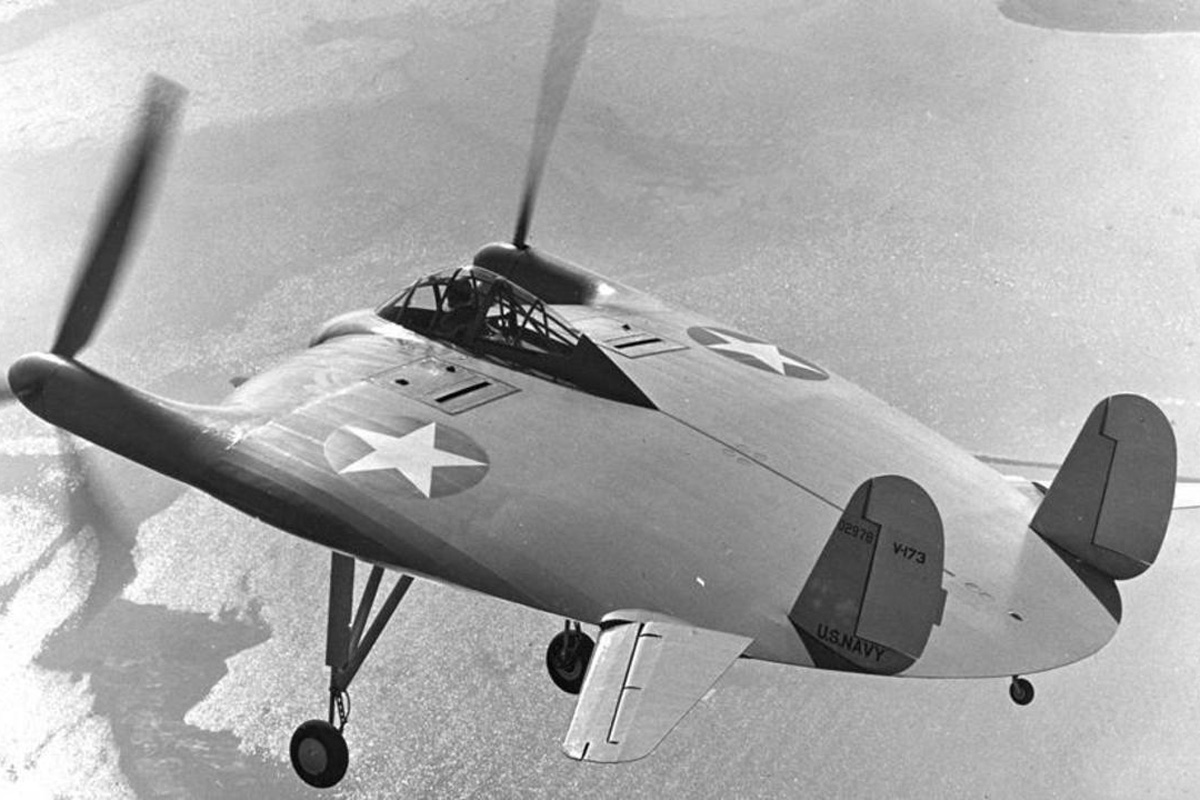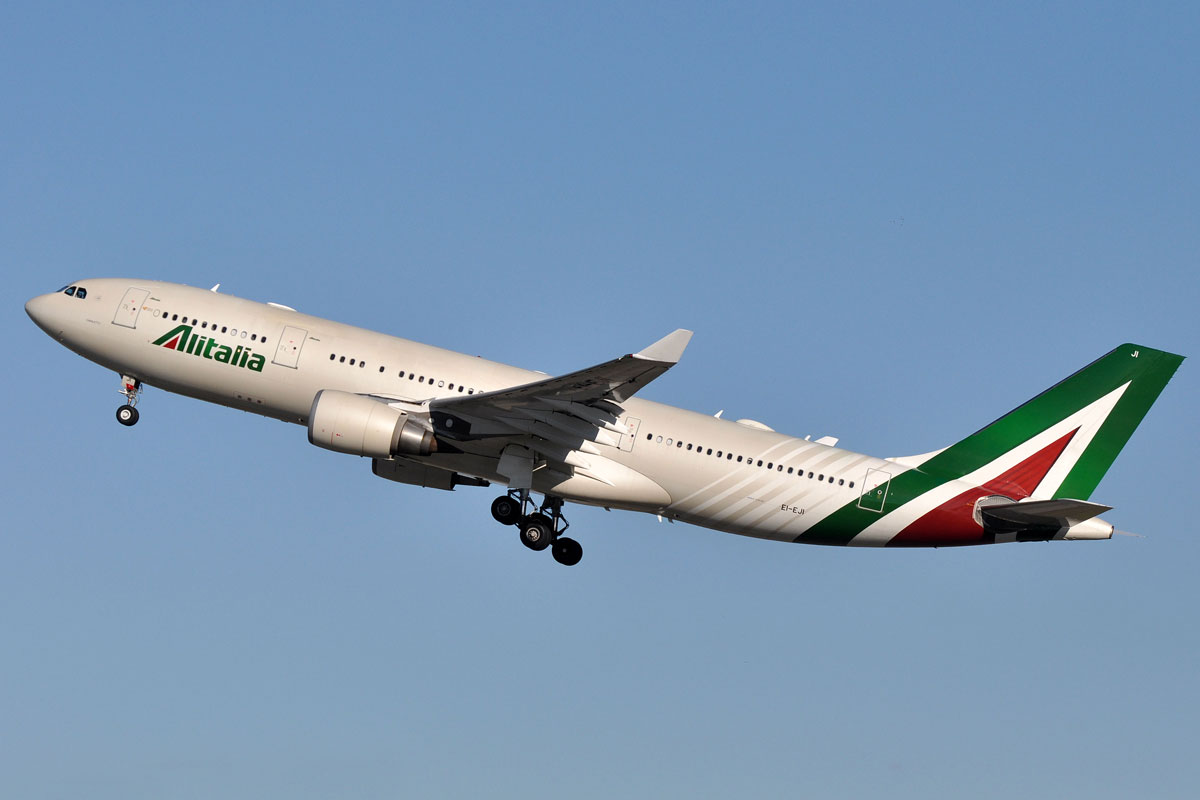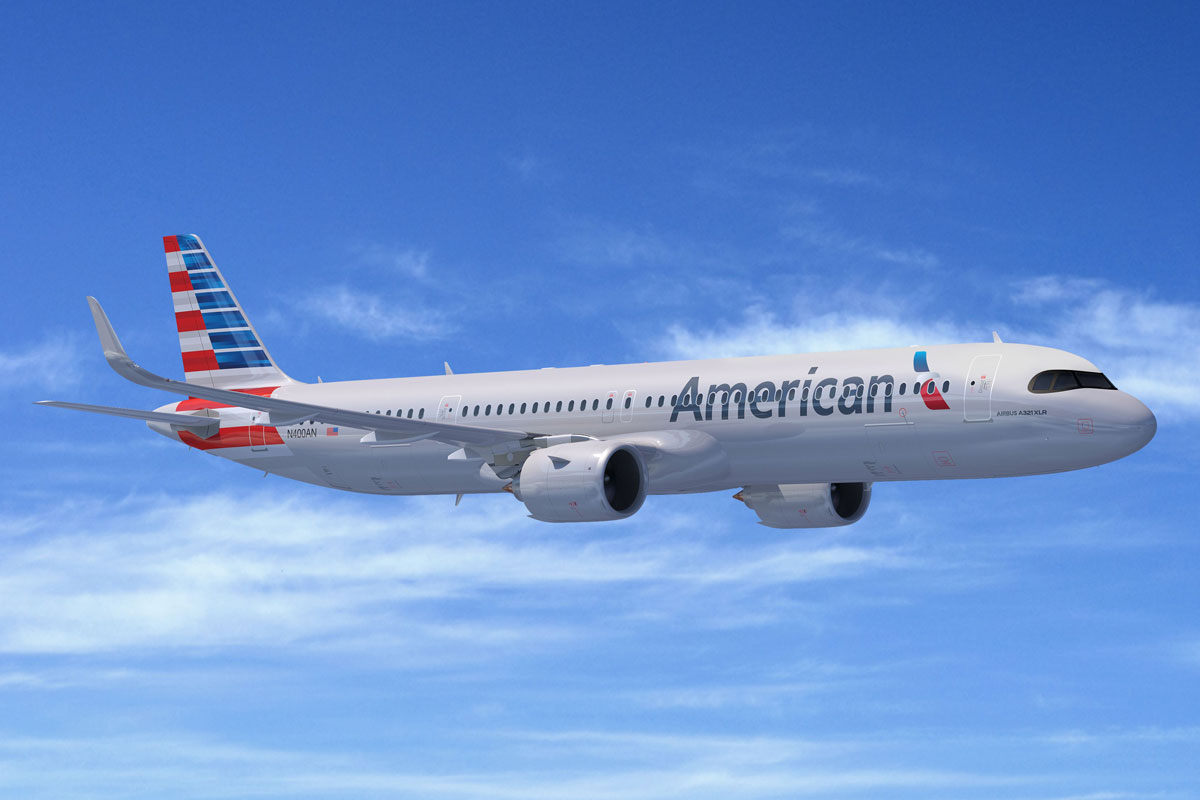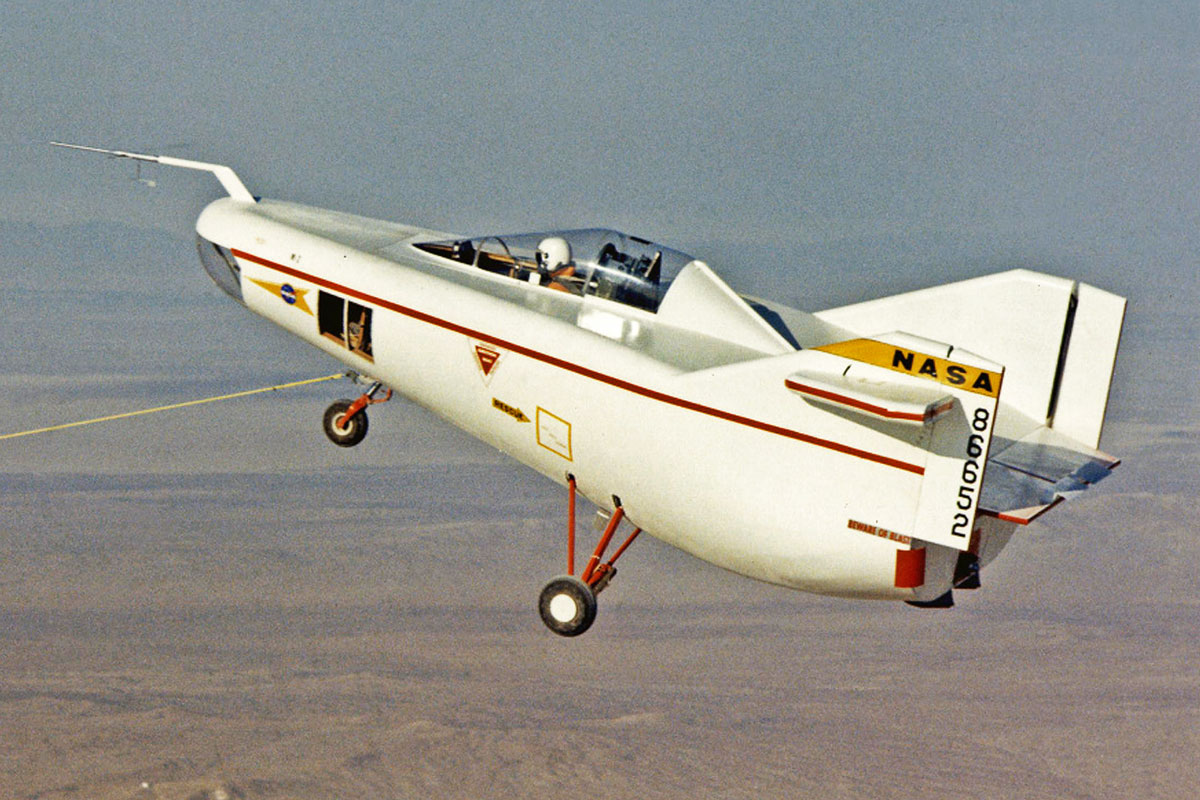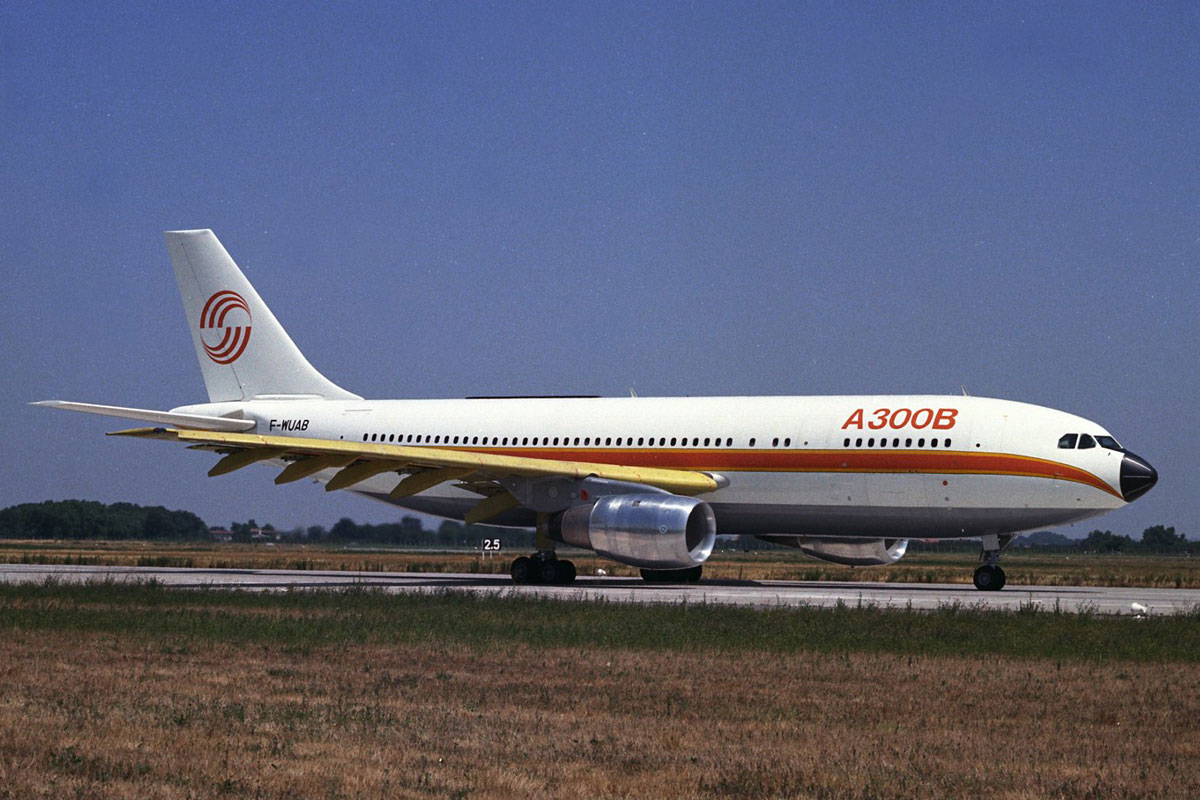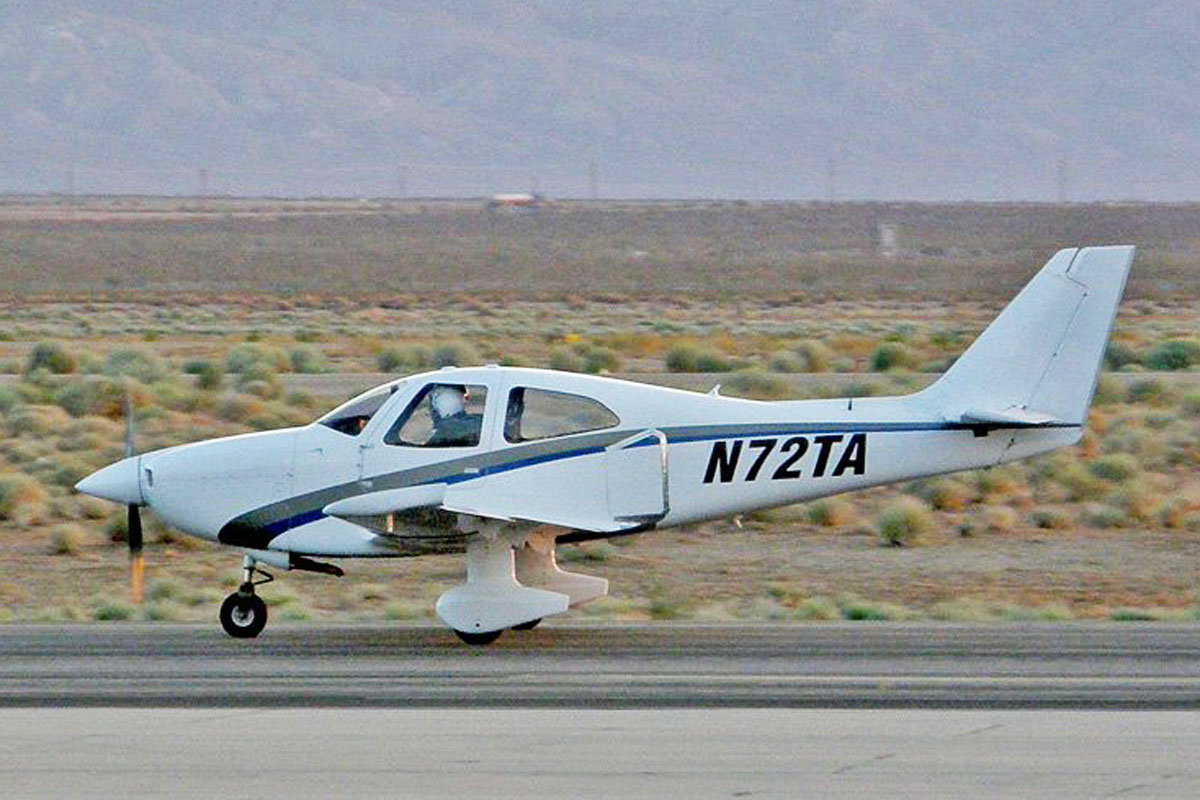Just look at the planes present at the airport today to notice that they are very similar. And there is a reason for that. With the improvement of designs and technical knowledge, manufacturers have followed extremely rigid standards in which innovations are introduced more gradually and definitively.
But this scenario was already quite different in aviation. To prove some bold ideas, prototypes were built, often doomed to failure. But it was an exciting period that gave rise to unusual aircraft, all with a very clear objective, to reinvent the way of flying. Airway shows some of these emblematic and curious projects below:
What about a plane whose nickname was ‘flying pancake’? The Vought V-173 looked just like that, thanks to the disk-shaped fuselage it did had the same function as a wing. The concept was tested by the US Navy on two prototypes (the other was the XF5U-1), which was looking for a short takeoff on board aircraft carriers in a very compact plane. Despite flying successfully, the V-173 suffered from vibrations and the complex gears that connected the engines to the propellers, mounted on the sides of the plane. In addition, its long landing gear had a complicated actuation mechanism.
Blohm & Voss BV 141
A reconnaissance plane during WWII did not have advanced sensors and cameras to do the job of mapping the enemy’s territory. It depended on human eyes and for that it was important that the cockpit had a unique visibility. This need gave rise to a curious idea, the BV 141 asymmetric plane, created by a German company Blohm & Voss. Single engine, the aircraft had the propulsion set on the left and the cabin on the other. The stabilizers existed only on the engine side, including the horizontal.
Despite the challenges of the flight, the BV 141 looked like a good project that did not end up being used by Nazi Germany. But the asymmetrical plane remained in the imagination of other designers such as Burt Rutan, creator of the Boomerang, a twin engine whose cabin is located behind the right engine.
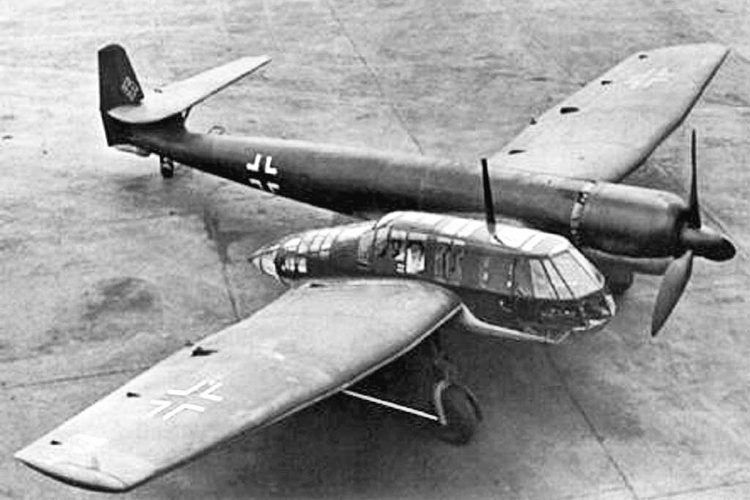
Miles M.39B Libellula
Even during World War II, airplanes had difficulties in operating on aircraft carriers. They had poor visibility which caused repeated accidents and extra weight to allow the wings to be foldable to accommodate more units on board. The small English company Miles saw this as an opportunity to create a plane with tandem wings, one after the other. As a result, they could have smaller wingspaces that did not require the retraction mechanism. In addition, the engines on the wings and the landing gear allowed the cockpit to be right in front of the fuselage.
To prove the concept, Miles built the M.39B, a 5/8 scale version of the original project, which flew in 1943 and went on tests until shortly before the end of the conflict. However, the British government ended up not being interested in the model.
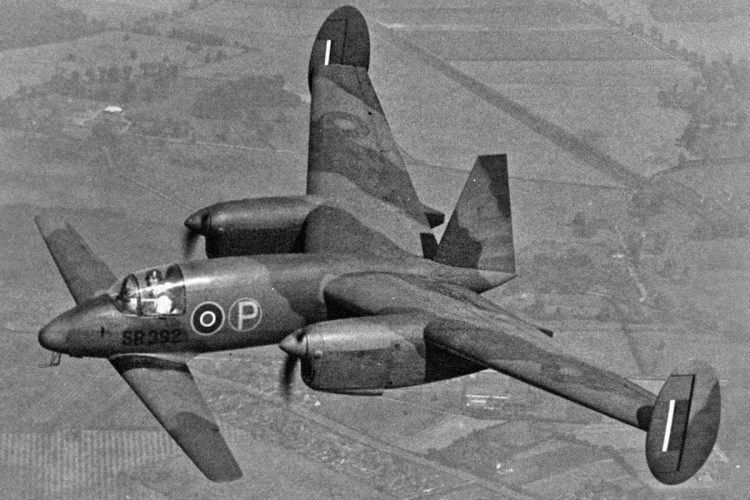
McDonnell XF-85 Goblin
In the bombings it carried out in Europe, the US Air Force escorted its bombers until part of the mission, when the fighter’s short range forced them to return. When the first super bomber projects began to be thought of at the end of the conflict, did you imagine why not take small fighters with them? With the advent of the jet engine, McDonnell proposed the XF-85 Goblin, a tiny plane that could be launched from the air through the bomb compartment.
The Goblin was little bigger than a car: it was only 4.5 meters long and had a wingspan of 6.4 meters. Although it was a fast plane, it underperformed fighter jets at the time and required immense skill from its pilots to return to the bomber. Only two prototypes were built in the early 1950s.
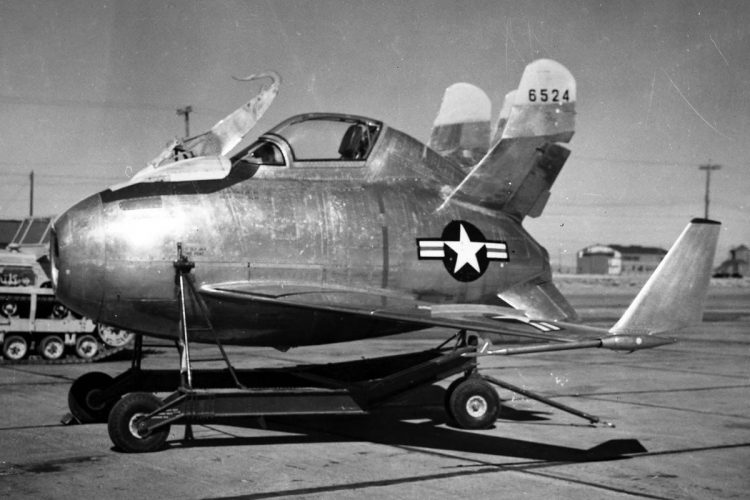
Dornier Do31
On the front lines of the Cold War, West Germany worried about the need for runways for its air force to operate. Knowing that this would be one of the first targets in the event of a war, an effort was made during the 1960s so that their aircraft could operate on unprepared and short runways. At the time, the German aeronautical industry had been reduced to small companies and it was one of them, Dornier, that developed the first and only transport plane with vertical take-off capability, the Do31.
With its glazed cockpit and short wings that ended in huge ‘cocoons’, the Do31 was a strange aircraft, but quite curious. The solution for taking off with the aircraft, which weighed about 27 tons, was a combination of two Rolls Royce Pegasus vector turbofans (used by the British fighter Harrier) installed under the wings and eight other vertical support jets lined up in the outer cocoons. The configuration, however, was provisional, since Dornier planned to adopt a more powerful vector engine to eliminate small jets, but that did not happen and the Do31 proved to be a very heavy and slow plane for what it was carrying. Three prototypes even flew before the project was canceled in 1970.
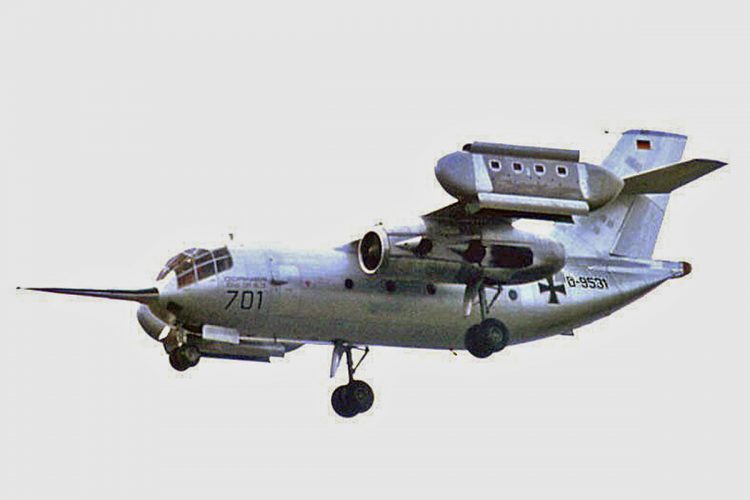
See also: Aircraft that dared to reinvent the way of flying – part 2

